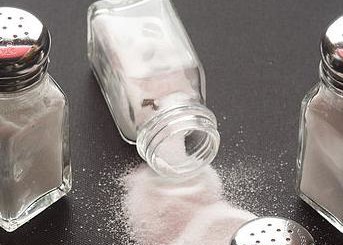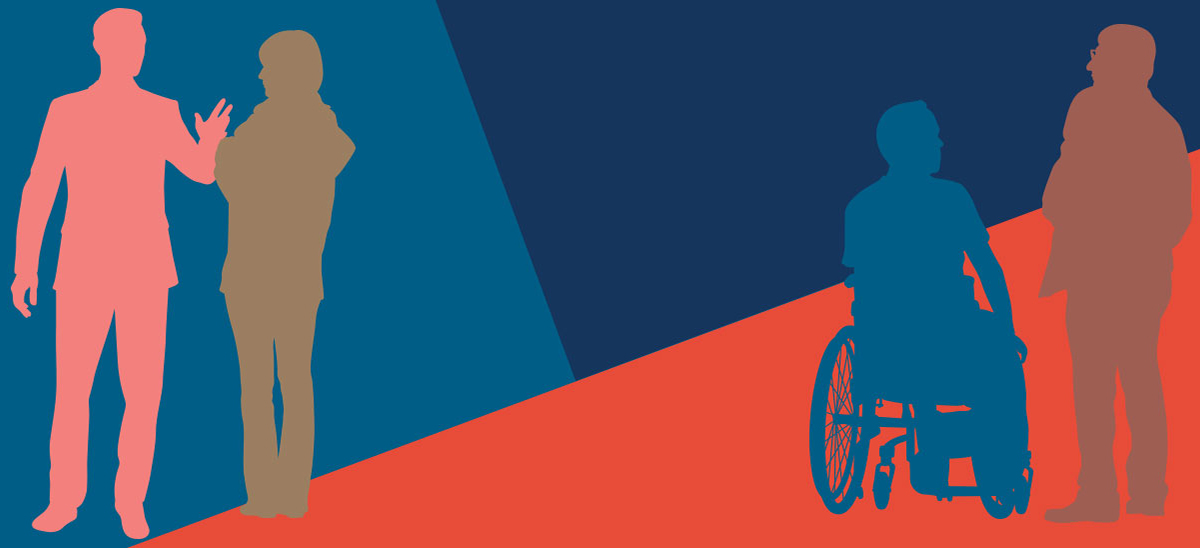

We know that people with high cholesterol have a higher risk for strokes and heart attacks than people with low cholesterol. So if a medicine lowers cholesterol it should also lower the frequency of strokes and heart attacks too. Right? Not necessarily. Estrogen lowers cholesterol and doesn’t lower stroke or heart attack risk. We also know that people with high blood pressure have a higher risk for strokes and heart attacks. Does that mean that a food that elevates blood pressure increases stroke and heart attack risk? Again, not necessarily.
The confusion here is a misunderstanding of the difference between clinical outcomes and intermediate outcomes. A clinical outcome is something that a patient notices herself and that impacts her life directly – like a stroke, a heart attack, or a bone fracture. An intermediate outcome is something that is measured by the doctor and that doesn’t cause symptoms directly – for example, elevated blood pressure, elevated cholesterol, or low bone density. Intermediate outcomes can be risk factors for clinical outcomes but shouldn’t be confused with them.
What does this have to do with salt?
Lots of evidence shows that eating more salt raises blood pressure, so doctors have always made the assumption that eating more salt also increases the risk of strokes and heart attacks. But as we’ve seen with estrogen and many other examples, guessing the effects on clinical outcomes from intermediate outcomes is frequently incorrect. In 2005 the USDA and Department of Health and Human Services wanted to revise their dietary recommendations for salt intake. Given the very little scientific evidence they had, what they did was both simple and presumptuous. They knew that 1,500 mg of sodium intake daily was the minimum needed for adequate nutrition. They also knew that at daily intake levels above 2,300 mg of sodium (which is about a teaspoon of salt) blood pressure begins to increase. So the US recommendations since 2005 have been that everyone should eat no more than 2,300 mg of sodium daily, and that people at very high risk of stroke and heart attack should ingest no more than 1,500 mg.
How are we doing? Well, on average Americans ingest 3,400 mg of sodium daily, well above the recommendations. A host of policy initiatives has been spawned by the recommendations in an effort to educate consumers, clarify food labels, and coerce restaurants to lower sodium.
But did anyone test the effects on the clinical endpoints?
The institute of Medicine (IOM) was commissioned to review all the studies relating to the health effects of sodium intake. Their report (which is over 150 pages) was released last week. A major conclusion of the IOM paper is that the quality of the current evidence linking salt to health outcomes is very poor. There are virtually no randomized studies and the rest of the studies suffer from important methodological flaws (like imprecisely measuring salt intake or using self-reported food diaries to estimate salt intake). The surprising and worrisome finding was that some of the randomized trials actually found worse outcomes with very low salt intakes. This isn’t as preposterous as it may sound. We have no solid understanding on salt’s effect on the body beyond that on blood pressure, so there could be many mechanisms that could explain worse cardiovascular outcomes with a very low salt diet.
The IOM endorsed the current belief that there is very likely a quantity of daily salt intake above which the risk of cardiovascular disease increases. The current evidence is simply insufficient to figure out what that limit is.
I’m always impressed when science comes up with the answer “We have no idea” because that’s very likely to be honest. Those who are more committed to enacting policy than to figuring out the truth are less likely to confess ignorance and to wait for better studies before making up their minds. The American Heart Association issued a press report criticizing the IOM paper and arguing essentially “But salt increases blood pressure!” which no one disputes.
So for now add me to the list of salt agnostics. I frequently ask patients to cut down on salt in the short term to avoid fluid retention, for example when traveling. But we should have the honesty to admit that in terms of long term outcomes we don’t know how much salt is too much.
And if you’re not going to eat that pickle, can I have it?
Learn more:
No Benefit Seen in Sharp Limits on Salt in Diet (New York Times)
Low-Salt Benefits Questioned (Wall Street Journal)
Is Eating Too Little Salt Risky? New Report Raises Questions (NPR)
Sodium Intake in Populations: Assessment of Evidence (Institute of Medicine)
Shaking the Salt Habit (American Heart Association)
New IOM report an incomplete review of sodium’s impact, says American Heart Association (American Heart Association Media Alert)
Merck Knows More about Zetia than They’re Telling Us (my post in 2007 explaining the difference between clinical outcomes and intermediate outcomes)








 This week the
This week the 